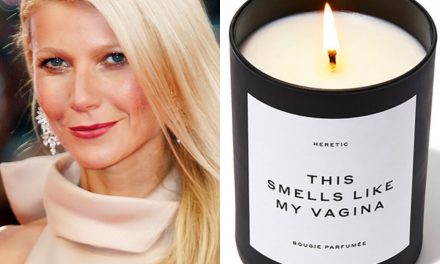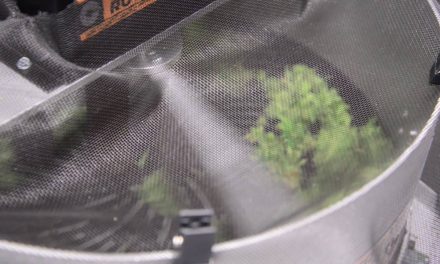A new study from a team of scientists at the Environmental Working Group, has found that drinking California tap water could increase the number of cancer cases statewide by more than 15,000 over the course of a lifetime. Researchers analyzed data in more than 2,700 California community water systems from 2011 to 2015 and looked at how drinking water pollutants interact and affect human health. Their article was published last week in the peer-reviewed journal Environmental Health.
The teams estimated 15,449 added cancer cases over the course of 70 years adds up to 221 annual cancer cases from drinking-water pollution:
“Drinking water rarely contains only one contaminant, yet regulators currently assess the health hazards of tap water pollutants one by one. This ignores the combined effects of multiple pollutants, which is how people ingest them in the real world.
The group looked at levels of carcinogens and toxic contaminants in the drinking water and found small to midsize communities faced some of the greatest cancer risks.”1
- In 495 water systems affecting more than 3 million people, there was a cancer risk greater than 1 additional case per 1,000 people.1
- In 1,177 systems, affecting more than 28 million people, there was a risk of 1 per 1,000 to 1 per 10,000 people.1
- Arsenic contributed to an additional 7,251 estimated cancer cases.1
- Other potentially harmful chemicals included various disinfectant byproducts and hexavalent chromium, also known as chromium-6 or the “Erin Brockovich” chemical.1
Interestingly, the scientists found that even pollutants below legal limits contributed to more than 85% of the estimated cancer risk. This clearly highlights the fact that officials must lower limits for these pollutants.
Tasha Stoiber, one of the study’s authors, said more research is needed to understand how pollutants’ interactions affect humans. Because so little is known about these interactions, the study could overestimate or underestimate the risks. We appreciate the EWG’s truthfulness and transparency.
SOURCE:












